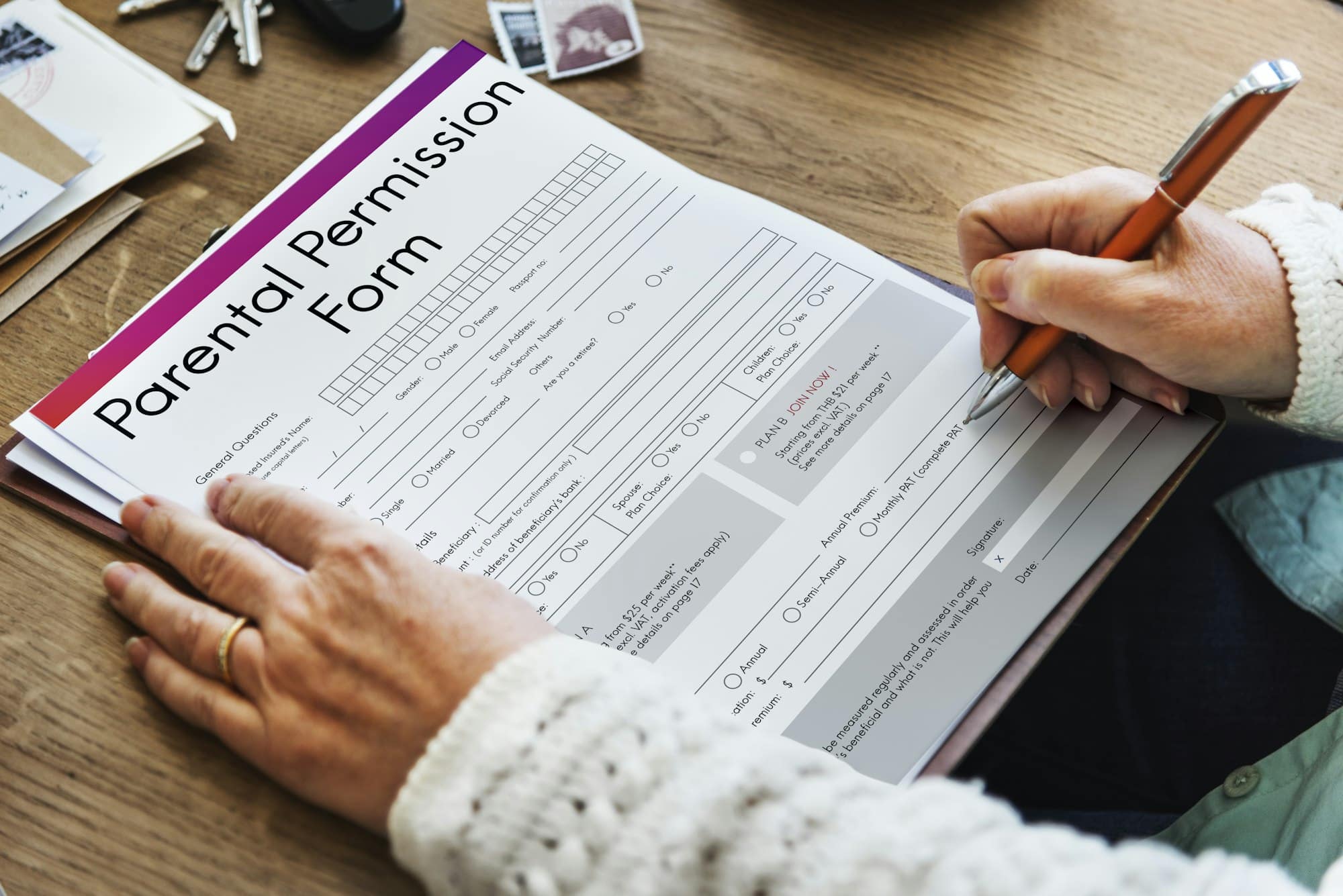What Are the Steps to Secure Planning Permission for a New Eco-Friendly Development in Rural England?

In the current era of progressive environmental consciousness, eco-friendly is no longer just a buzzword. It has become a necessity for sustainable living. The need for eco-friendly developments in rural England is becoming more pressing, but obtaining planning permission for such projects can be a complex process. This article seeks to outline the steps necessary to secure planning permission for a new eco-friendly development in rural England.
Understanding Planning Permission
Planning permission is a requirement for most forms of development and changes to land use. It is the process by which the local planning authority assesses a proposal to determine if it is suitable for the area.
A lire aussi : What Are the Key Points for Developing Age-Friendly Housing in the UK Real Estate Market?
Navigating the planning permission process can be a daunting task. It requires understanding a multitude of complex regulations, policies, and procedures. However, the rewards can be significant, especially when embarking on an eco-friendly development in a rural area. With the right guidance, the process can be simplified and streamlined.
Firstly, it is crucial to understand that planning permission is different from building regulations approval. The former focuses on the appearance and use of buildings, while the latter ensures safety, accessibility, and energy efficiency in the construction. For an eco-friendly development, both are undoubtedly important.
Avez-vous vu cela : How to Calculate the Impact of Stamp Duty Changes on UK Property Investment Returns?
Conduct Intensive Research and Preparation
Before submitting a planning application, it’s essential to conduct intensive research into local and national planning policies. This includes identifying key considerations such as local development plans, national planning policy framework, and any other local policies that might impact the planning application.
Furthermore, it’s crucial to assess the site’s physical characteristics, including its topography, landscape features, and ecological considerations. It’s also advisable to factor in any potential impact on local wildlife, habitats, and biodiversity.
An essential part of this process is pre-application consultation, which involves informal discussions with the local planning authority. This early engagement can clarify any uncertainties and provide a clear indication of whether the proposal is likely to be acceptable.
Develop a Detailed Plan
The next step is to develop a detailed plan of the proposed development. This should detail the scale, layout, appearance, and landscaping of the project. For eco-friendly developments, it’s particularly important to highlight the sustainable elements of the design, such as renewable energy sources, water conservation methods, and sustainable building materials.
The plan should also include a Design and Access Statement, which explains the design principles and concepts that have been applied to the proposal. The importance of this document should not be underestimated as it helps the planning authority understand the project and make an informed decision.
Submit the Planning Application
Once the plan is finalised, it’s time to submit the planning application. The application can be submitted online via the Planning Portal or by post. It must include the application form, the necessary plans of the site, the correct fee, and a completed ownership certificate.
It’s important to ensure that the application is thorough and accurately reflects the proposed development. Any omissions or inaccuracies could lead to delays or even refusal.
Await the Decision
After submission, the planning application will be validated and published on the local planning authority’s website. It will then be subject to a period of public consultation, during which interested parties can submit comments.
The planning authority will consider the proposal in light of planning policies and any comments received. A decision is usually made within 8 to 13 weeks, depending on the complexity of the proposal.
While awaiting the decision, it’s important to remain proactive. This could involve monitoring the progress of the application, responding to any requests for additional information, and engaging with the local planning authority and interested parties.
Appeal if Necessary
If the planning application is refused, it’s possible to appeal the decision. This involves submitting an appeal to the Planning Inspectorate, which will review the case and make a final decision. The appeal process can take several months, but it can be a worthwhile course of action if the planning authority’s decision is considered unjust.
In conclusion, securing planning permission for a new eco-friendly development in rural England involves a series of steps, each requiring due diligence and careful consideration. However, with the right approach, it can be a rewarding journey leading to the creation of a sustainable and environmentally-friendly development.
The Importance of Community Engagement and Support
Creating a solid bridge between the community and the eco-friendly project is an essential facet in the success of securing planning permission. It is integral to keep in mind that the project is not a standalone structure in the community but a part of it. Therefore, gaining the trust and support of the community by explaining the potential benefits is crucial.
One should begin by identifying key stakeholders within the community. These might be local community leaders, influential businesses, or even individuals with a particular interest in environmental sustainability.
Next, schedule meetings with these stakeholders to discuss the project. Make sure to clearly lay out the specific environmental benefits that the project will bring to the community. These might include reduced carbon emissions, better conservation of local wildlife, or even potential for local job creation.
It’s also important to address any concerns. Open forums or question and answer sessions can be beneficial in this regard. Remember, the goal is not merely to inform, but to engage and involve the community in the process.
Finally, harness the power of local media. Publish articles, blogs, or press releases about the project, its benefits, and its progress. Regular updates can keep the community engaged, thereby fostering a sense of ownership and support for the project.
Sustainable Building Materials and Techniques
When planning an eco-friendly development, choosing sustainable building materials and techniques is of paramount importance. The choice of materials can significantly impact the environmental footprint of the project, so it’s essential to consider this aspect from the very beginning.
Materials like bamboo, recycled steel, reclaimed wood, and rammed earth offer high sustainability scores. These materials are not only renewable but also possess excellent insulation properties, leading to better energy efficiency.
Moreover, using local materials reduces the carbon footprint associated with transportation. It also supports local businesses and can be a selling point when seeking planning permission.
Techniques such as passive solar design, green roofs, and rainwater harvesting can further enhance sustainability. These techniques can help save energy, manage water efficiently, and enhance the natural habitat, aligning perfectly with the goal of creating an eco-friendly development.
Conclusion
Securing planning permission for an eco-friendly development in rural England undoubtedly involves a multifaceted approach. From understanding the planning permission process to conducting in-depth research, developing a detailed plan, submitting the application, awaiting the decision, and appealing if necessary, the journey is complex. However, it’s also a chance to make a concrete contribution to environmental sustainability.
Engaging with the community and incorporating sustainable building materials and techniques are key elements in this journey. By doing so, the development can truly become an integral part of the community, contributing to its growth while protecting the environment.
Ultimately, securing the planning permission is just the beginning of the story. The real success lies in creating a development that not only complies with the regulations but also truly lives up to the promise of being eco-friendly and sustainable. This is the challenge and the opportunity that lies ahead for those willing to undertake this journey.
